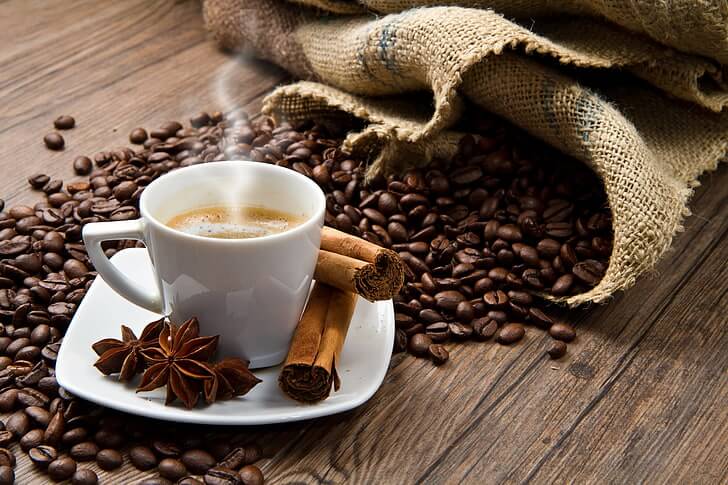The Art of the Perfect Pour: Mastering Artisanal Coffee brewing techniques
When it comes to coffee, there’s nothing quite like the experience of enjoying a perfectly brewed cup of Artisanal coffee. From the aroma to the taste, every aspect of artisanal coffee is carefully crafted to create a truly exceptional beverage. One of the key factors in achieving the perfect cup of coffee is mastering the art of the pour. Here, we’ll explore the techniques and secrets behind achieving the perfect pour and brewing the most delicious artisanal coffee.
Techniques for the Perfect Pour
There are several important techniques to keep in mind when it comes to the perfect pour for artisanal coffee. These techniques can make all the difference in the flavor and quality of the coffee. Here are a few key tips:
- Grind Size: The grind size of the Coffee beans plays a crucial role in the brewing process. For a pour-over method, a medium grind size is often recommended to achieve the ideal balance of extraction and flavor.
- Water Temperature: The temperature of the water used for brewing is also important. It’s typically recommended to use water that is just below boiling, around 195-205°F, to achieve the best results.
- Even Extraction: Ensuring an even extraction of the coffee grounds is essential for a balanced and full-flavored cup of coffee. This can be achieved by pouring the water in a steady, circular motion over the grounds, allowing for even saturation.
- Pouring Technique: The pouring technique can also make a significant difference in the brewing process. A slow and steady pour, allowing the water to fully saturate the coffee grounds, can lead to a more flavorful and aromatic cup of coffee.
Perfecting the Artisanal Coffee Brewing Process
In addition to mastering the perfect pour, there are several other key factors to consider when brewing artisanal coffee. These include choosing high-quality, freshly roasted coffee beans, investing in a quality grinder, and experimenting with different brewing methods to find the perfect cup of coffee for your personal taste preferences.
From the pour-over method to the French press and AeroPress, there are various brewing techniques to explore in the world of artisanal coffee. Each method offers its own unique advantages and flavors, allowing coffee enthusiasts to continuously experiment and refine their brewing process.
FAQs
Q: What type of coffee beans are best for artisanal coffee brewing?
A: High-quality, freshly roasted coffee beans are essential for achieving the best results when brewing artisanal coffee. Look for beans that are freshly roasted and full of flavor, preferably sourced from a reputable and passionate coffee roaster.
Q: Is there a specific water-to-coffee ratio to follow for the perfect pour-over?
A: While the ideal water-to-coffee ratio can vary depending on personal taste preferences, a common starting point is a ratio of 16:1 (water to coffee). From there, you can adjust the ratio to achieve your desired strength and flavor profile.
Q: How can I ensure a consistent and even extraction of the coffee grounds?
A: Consistency is key when it comes to achieving an even extraction of the coffee grounds. To ensure consistency, practice a steady and controlled pouring technique, allowing the water to fully saturate the coffee grounds and extracting the full range of flavors.
Q: What is the ideal water temperature for brewing artisanal coffee?
A: The ideal water temperature for brewing artisanal coffee is generally recommended to be around 195-205°F. This temperature range allows for optimal extraction of the coffee grounds and the development of rich and complex flavors.
Mastering the art of the perfect pour and refining the brewing techniques for artisanal coffee takes time, practice, and a passionate dedication to the craft. By paying attention to the details and experimenting with different methods, coffee enthusiasts can elevate their coffee brewing skills and enjoy the incredible flavors and experiences of artisanal coffee.
“All images and products featured on this Blog.troca.cafe are the property of their respective owners. All rights to these materials are acknowledged and reserved.”
